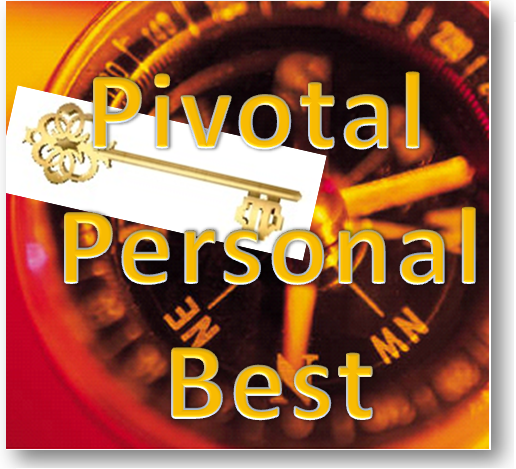|
Top-Ten Email Management Tips
With all the buzz surrounding social media, RSS, video and
every other online content outlet, one standby that gets
taken for granted is good old email. We all use it (and some
of us love it), but it also can be a source of enormous
frustration that can eat up a lot of the workday. However,
much inbox-related angst is easily avoided with a few simple
changes in what you use for email and how you process it. In
no particular order, here's my top ten email management
tips:
1. Use a professional email service. Making
a change here can make all the difference in how useful
email is to you. The good news is that the best email
services are either free or very low-cost. Are you using
free services such as MSN or maybe AOL? They are not
terribly professional and actually place text ads in
outbound messages. Who needs that, when you can use GMail or
Google Apps for free (and get a much larger mailbox)? Other
excellent email choices: FastMail.fm, Rackspace Mail or
Runbox.com.
2. Discover IMAP (Internet
Message Access Protocol). Most standard email boxes you get
from your web host or Internet service provider are POP3
(Post Office Protocol) mailboxes. POP3 allows you to
download your messages to one place at a time but doesn't
synchronize both incoming and sent messages among all your
devices (computers and/or smartphones). So what's the
advantage of IMAP? All your email and sorting folders are
synchronized on the server so what you have on your primary
computer matches your other computers and your smartphone.
Email service providers that offer IMAP support include (you
guessed it) GMail, Google Apps, Rackspace mail and
Fastmail.fm, among others.
3. Take your time! Everyone
is usually rushed when they write emails, but it still
counts as writing, and it's worth a few extra minutes to be
sure you are being understood clearly. Better to spend a few
extra minutes now than endure a three-day volley of
misunderstandings and clarifications.
4. If you get an important message, acknowledge it. If
you don't have the time to write a full response, just take
a second and let the sender know you will get back to them
later. Saves them from wondering if you ever received the
message.
5. Use an email signature. This
seems obvious, but many people still (even in a business
setting) don't include their contact information in each
email. Include a marketing message if you want, but
definitely include contact info. This makes responding or
adding your details to an address book more convenient for
your recipient, all while providing an opportunity to
promote your business.
6. Use your mail service's spam-fighting system .
No need to depend on anti-spam applications when your mail
system does it all for you on the server. I have several
domains that funnel mail to my main mailbox, which means I
get a great deal of spam. However, almost every one is
caught by my Google Apps hosted email.
7. Consider using a secondary mailbox for non-critical
messages. I
subscribe to a lot of email newsletters and blog updates,
and all of them go to an address I set up expressly for that
purpose. I do read them daily, but they don't distract me
from important client and project-related email.
8. Check out alternatives to Microsoft Outlook. Many
web-based email systems are great, and you can get to them
no matter where you are. Another option is Mozilla
Thunderbird. It's free and has everything you need to manage
your mail without clogging your system memory. There are
also hundreds of plugins available for added features, too.
9. Check email only two to three times per day, and never
first thing in the morning. Many
swear by this method, as it improves efficiency and
minimizes distractions. If you find that managing your email
is disrupting your workflow and productivity, this is an
option to consider.
10. Use emoticons. Yes,
they can be annoying and maybe a bit juvenile. However, they
can be very helpful in conveying the correct emotional tone
in an email. A simple smiley-face can mean the difference
between your message being perceived as sarcastic or
sincere.
Author:
Mary Motz
ProVirtual Solutions - Web-Focused Consulting and
Assistance
http://www.provirtualsolutions.com
Follow on Twitter: http://twitter.com/provirtual |
|
Stop Overflowing Files

Free
Set
of
Tips
on
How
to
stop
the
overload
Apply
for
it
now! |
|
|

Effective Time Management |
| |
 So you want to get organized. You want to simplify your life. You
want to learn to focus on priorities...to get more done in less
time. The answer...read Brian Tracy's
Eat That Frog! So you want to get organized. You want to simplify your life. You
want to learn to focus on priorities...to get more done in less
time. The answer...read Brian Tracy's
Eat That Frog! |
| |
 Get
Organised, Get a Life! Get
Organised, Get a Life!
This popular e-book covers nearly everything you need to know
about powering through your work so you can have plenty of time to
enjoy life on the outside.
Includes 3 additional bonuses valued at $51.
|
|
|
|
|
|
|
|
